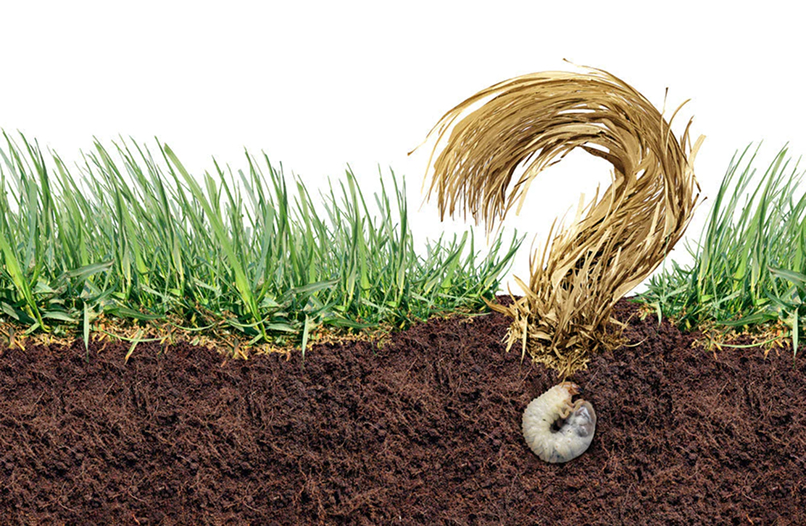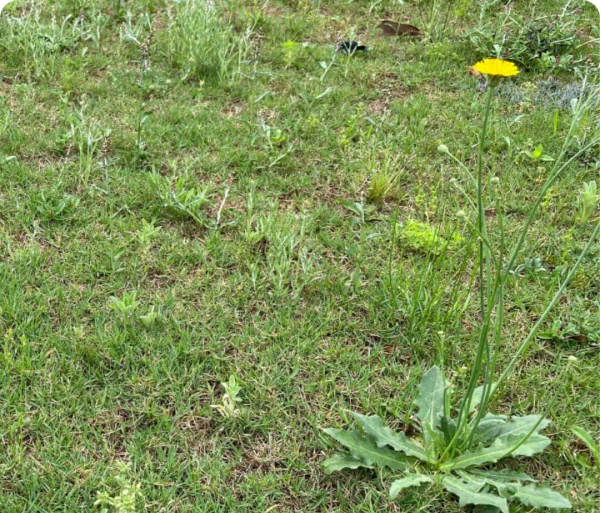Mirimichi Green Biostimulants
Mirimichi Green biostimulant products are a groundbreaking solution in the realm of sustainable agriculture and landscaping. Products such as Mirimichi Green soil enhancer CarbonizPN™ and CarbonizPN-G™ are designed to boost plant growth, improve soil health, and reduce the need for traditional fertilizers, fungicides, and pesticides, all while being environmentally friendly. By using advanced, natural ingredients, Mirimichi Green biostimulants offer a holistic approach to plant and soil care.
Lawn Bundle CalculatorThe liquids in the bundle are enough to treat your lawn for 3 months. The granular fertilizer and Essential-G quantities are enough to treat your lawn for 1 month.
What Are Biostimulants?
Biostimulants are substances or microorganisms applied to plants or soil to stimulate natural processes, enhancing nutrient uptake, resilience, and overall growth. Unlike traditional fertilizers, which supply essential nutrients directly, biostimulants work by enhancing the plant's innate ability to absorb and utilize these nutrients more efficiently. This results in healthier, more robust plants with improved resistance to stress factors such as drought, pests, and disease.
Key Features of Mirimichi Green Biostimulants
Mirimichi Green biostimulant products are known for their high-quality, all-natural formulations. They incorporate a range of beneficial components, including:
- Organic materials: These provide essential nutrients and enhance soil fertility without the negative environmental impact associated with synthetic fertilizers.
- Humic and fulvic acids: These natural acids improve soil structure, increase nutrient availability, and promote beneficial microbial activity.
- Beneficial microorganisms: Including bacteria and fungi, these microorganisms play a crucial role in breaking down organic matter, enhancing nutrient cycling, and protecting plants against pathogens.
Benefits of Using Mirimichi Green Biostimulants
- Enhanced plant growth: By improving nutrient uptake and root development, Mirimichi Green biostimulants help plants grow stronger and healthier.
- Stress resistance: These products boost plants' resilience to environmental stresses such as extreme temperatures, water scarcity, and soil salinity.
- Sustainable practice: Using biostimulants reduces reliance on chemical fertilizers and pesticides, promoting a more sustainable and eco-friendly approach to gardening and agriculture.
- Soil health improvement: The application of biostimulants enhances soil microbial life, structure, and fertility, leading to long-term soil health benefits.
Applications
Mirimichi Green biostimulants are versatile and can be used in various settings, including home gardens, golf courses, sports fields, and agricultural lands. They are suitable for all types of plants, from ornamental flowers and shrubs to turfgrass and crops.
Mirimichi Green organic lawn care products are an excellent choice for anyone looking to promote healthy plant growth and improve soil quality in a sustainable manner. With their natural formulations and comprehensive benefits, these products are ideal for environmentally conscious gardeners and farmers.
At Golf Course Lawn, we’re committed to helping you achieve the lawn of your dreams. Browse our full range of lawn-care products and get FREE shipping.
Not sure where to start?
Build a custom product bundle that's perfect for your lawn. Answer 6 easy questions to find the best solution.
Take the quiz

Hear from our customers
Frequently asked questions
How are your products different from what I can buy at a local big-box store?
Our products are specifically formulated for golf course-quality lawns, offering professional-grade nutrients and performance. Unlike generic fertilizers, our solutions are optimized for precise results, ensuring a lush, green lawn that stands out.
I'm new to serious lawn care. Will I know how to use these products?
Absolutely! Each product comes with detailed instructions to guide you through the process. Plus, we offer helpful resources, tips, and support to make lawn care simple, even for beginners.
Is it safe to use these products if I have kids or pets?
Are these products safe to use if I have children or pets?
Yes, our products are designed with safety in mind. Once applied and allowed to dry, they are safe for both kids and pets. Always follow the label application instructions to ensure proper usage.
How quickly will I receive my order?
We process orders promptly, and most customers receive their products within 3–7 business days. You’ll also receive tracking information to stay updated on your delivery.
What if I don't know what my lawn needs?
No problem! Our Lawn Fertilization Program Calculator helps you determine exactly what your lawn needs to thrive. You can also contact our expert support team for personalized recommendations
Lawn care blog

Pro formulas, real results

Curated lawn care

No guesswork

Unlock your best lawn

Pro formulas, real results

Curated lawn care

No guesswork

Unlock your best lawn

Pro formulas, real results

Curated lawn care

No guesswork

Unlock your best lawn

Pro formulas, real results

Curated lawn care

No guesswork

Unlock your best lawn

Pro formulas, real results

Curated lawn care

No guesswork

Unlock your best lawn

Pro formulas, real results

Curated lawn care

No guesswork

Unlock your best lawn

Pro formulas, real results

Curated lawn care

No guesswork

Unlock your best lawn














